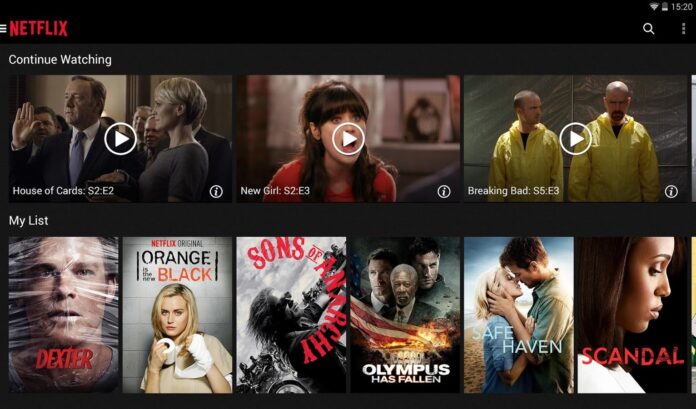When Hulu started running advertisements on its site, users had the choice of watching a commercial or watching sponsored content. It was intended to eliminate disruptions. Will Netflix create a unique and engaging ad experience that is probably less intrusive or obtrusive? It’s crucial to innovate the advertising experience.
In this two-part series, Adgully tries to comprehend the Netflix AVOD model. Yesterday (July 25, 2022), Part 1 of the series was released, and it attempted to explain Netflix’s AVOD concept and what it implies for the OTT ecosystem. The second instalment of the series will try to provide answers to topics like how Netflix will probably design their AVOD strategy. Will there be more data transparency to attract advertisers?
According to Ssoftoons COO Hansa Dangaich Mondal, “We must always achieve a balance between viewing time and the ideal ad frequency, or else our loyal users may leave us, costing us subscriptions and cash.
“Presenting fewer advertising per break keeps the user interested for a longer amount of time whereas showing more ads per break results in fewer minutes watched. Pre-roll advertisements can be removed to increase income generation while preserving the greatest number of users. We may avoid negative app store reviews and future subscriber losses by running fewer adverts. The money that a content provider is entitled to is also not generated by showing too few adverts, Mondal notes.
The glossy, aspirational advertising passive model that we’ve been accustomed to doesn’t longer, claims Cottam. The winners will be those who combine excellent long-form professional content with this new form of quirky, authentic, fresh, and interactive marketing-oriented entertainment. Tomorrow’s successful ad-driven model will transform the relationship between brands and the content platform provider as well as between brands and consumers.
data on Netflix
Information regarding how many individuals use Netflix is rarely disclosed. Studio executives have long lamented the lack of transparency, claiming that it disadvantages them when attempting to negotiate a fair price for content. Does the streamer’s ad-supported version require more transparency?
Netflix has released very little information, but that’s acceptable because it’s typical for an SVOD platform and they are paying a significant premium for the content acquisition, according to Karan Taurani, Senior Analyst at ElaraCapital.
If Netflix is serious about keeping advertisers, he claims, it will have to give data. If not the collected data, at least some fundamental information to obtain a general idea of consumption metrics and viewership trends.
“It will be difficult to find marketers who are sticky in nature without sharing data. You might receive an advertising, occasionally for the last-scale property without disclosing data, which shouldn’t pose a challenge. They will begin to share data, which is a very new concept, in order to achieve broad-based advertising across all genres of shows and clips, he continues.
Undoubtedly, the streamer’s ad-supported version has to be more transparent, according to Mondal of Ssoftoons.
Follow and connect with us on Facebook, LinkedIn & Twitter

